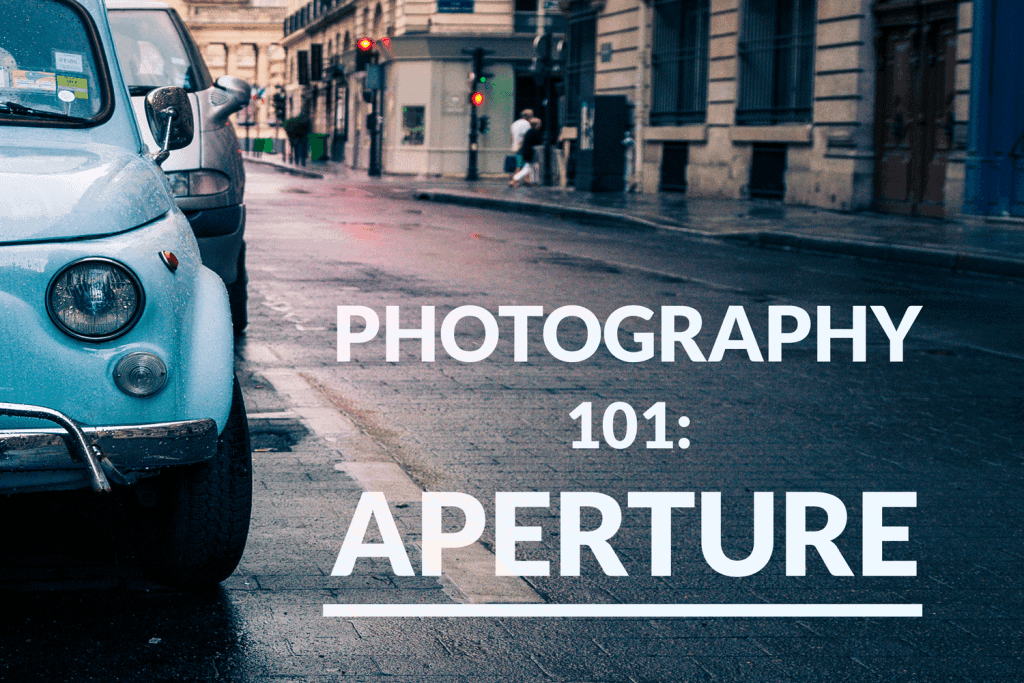Photography 101 Aperture: Are you new to photography? Do you want to take better photos with your camera but not sure where to start? If so, there are three settings that you will need to know in order to improve your photos. The three settings are: shutter speed, aperture and ISO. Today, I will focus on aperture. Aperture refers to your depth of field, or put simply, how clear and sharp the background of your image will be. Depending on your aperture, the background of your photo will either be in focus or will blur away.
Your aperture determines how much your camera lens will open when you take your photo. The smaller the f-stop number, the larger the aperture. Why would someone want the background to be blurry you ask? When the subject of the photo is in focus and the background isn’t, it makes the subject stand out. If everything is in focus your eye will want to dance around and take it all in. One aperture won’t work for all occasions, it depends on the type of photography you do and your own personal preference. For example: Landscape photography requires an f-stop in the range of f 5.6 – f 22. Why?, because you want everything you see to be in focus. Portrait photography is a good example of when you may want your subject in focus and a soft blurry background. This also mimics how we see the world through our own eyes. Take a look around the room and focus on one object for a few seconds. Do you notice how everything else around the object isn’t in focus? The smaller the f-stop number, the more it mimics how we all see objects in real life. I would recommend starting at f 5.6 and working your way down to f 1.4.
Below are 3 shots of the same subject matter with varying apertures for reference.
In the first photo (f 1.8) you can really see that the background is blurry. Again, this is a good thing as it encourages you to focus on the object that is closest to the camera. It also mimics how we see through our own eyes as mentioned above.
The second photo (f 5.6 ), all three objects are still pretty much in focus. You will notice that the background isn’t as sharp as it was in the first shot. f 5.6 is standard for most photographers and is thought of by many as the best place to start.
In the third photo (f 16) you can see that all three of the objects are in focus. This aperture is great for when you want your audience to experience the entire scene.
There is no right and wrong with aperture. It all depends on the look you want to achieve. I would recommend experimenting on your own to get a good feel for the range of apertures discussed above. Ready to edit? We offer a number of amazing preset packages that will make your editing process quick and easy. To see how amazing your photos can look, click here to browse our premium work flow collection with over 900 presets to play with – The Creative Flow.

